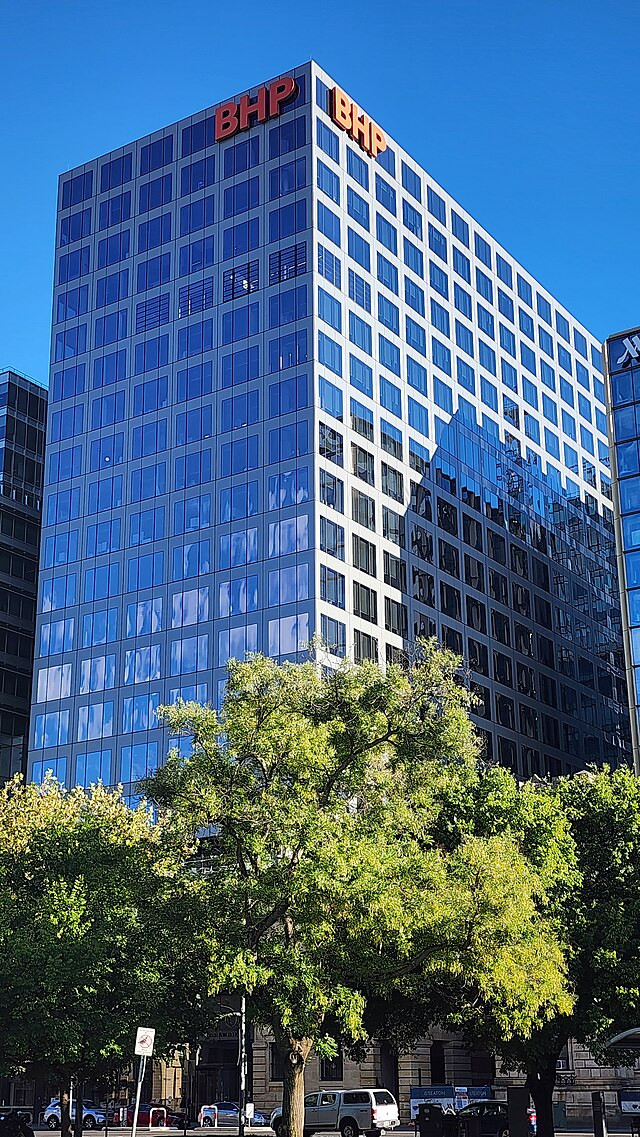A $47 billion lawsuit against BHP, the world's largest mining company, commenced at London's High Court on Monday, with lawyers representing over 600,000 Brazilian claimants accusing the company of shirking responsibility for Brazil's worst environmental disaster. The 2015 collapse of the Mariana dam, operated by BHP and Vale's joint venture Samarco, unleashed millions of cubic meters of toxic sludge, killing 19 people, displacing thousands, and causing widespread environmental devastation across southeastern Brazil.
The plaintiffs-which include 46 local governments, over 600,000 individuals, and around 2,000 businesses-are seeking compensation for the immense damages caused by the collapse of the Fundão tailings dam. The disaster contaminated 500 kilometers of the Doce River and destroyed local communities, including areas sacred to Indigenous tribes. Claimants argue that BHP should be held accountable for the damage, which they allege resulted from negligence.
"There is a chasm between what BHP regards as 'acceptable' and the compensation to which the claimants consider themselves legally and morally entitled," said Alain Choo Choy, the lead lawyer representing the victims. He argued that BHP's actions in contesting liability and funding separate litigation in Brazil demonstrated a "cynical and dogged" effort to evade responsibility. "BHP cannot properly now claim to be a company 'doing the right thing' by the victims of the disaster," Choo Choy added.
BHP, however, disputes the claims, stating that the London lawsuit duplicates ongoing legal proceedings in Brazil, where $8 billion has already been paid in compensation through the Renova Foundation. The company argues that the dam was operated by Samarco, which was an independent entity, and that BHP did not have direct control or knowledge of the dam's stability issues. "There is no law or contract which imposed any duty of safety on the ultimate parent company of a non-controlling shareholder," BHP's lawyers argued.
The lawsuit, which is one of the largest in English legal history, has entered a decisive 12-week trial phase that will determine whether BHP can be held liable for the catastrophe. The trial will also examine whether Brazilian municipalities have the right to bring legal action in England and consider the impact of previous agreements reached between BHP and claimants involved in the English lawsuit.
Tom Goodhead, CEO of Pogust Goodhead, the law firm representing the claimants, emphasized that the victims were not involved in the recently proposed $30 billion settlement between the Brazilian government, Vale, BHP, and Samarco. "People just feel it's too little, too late," Goodhead said outside the High Court. "They want to go ahead with the trial and hold them accountable."
BHP maintains that it is committed to "finalizing a fair and comprehensive compensation and rehabilitation process." However, critics argue that the company's efforts have fallen short, and that the proposed settlement does not adequately address the long-term impacts of the disaster on affected communities.
The 2015 dam collapse unleashed a torrent of toxic mining waste, which contaminated rivers, destroyed livelihoods, and caused irreversible damage to ecosystems. The disaster affected thousands of people, including the Krenak Indigenous community, for whom the Doce River holds cultural and spiritual significance. Despite the reparations paid so far, many victims argue that the compensation has been insufficient and that their voices have been largely ignored in negotiations.
Vale, BHP's joint venture partner in Samarco, has estimated the total compensation and remediation costs at $30 billion. The settlement under discussion would cover both past and future obligations, with $7.2 billion already spent on compensation and an additional $19 billion to be paid over the next 20 years to fund compensatory programs in the affected regions.






